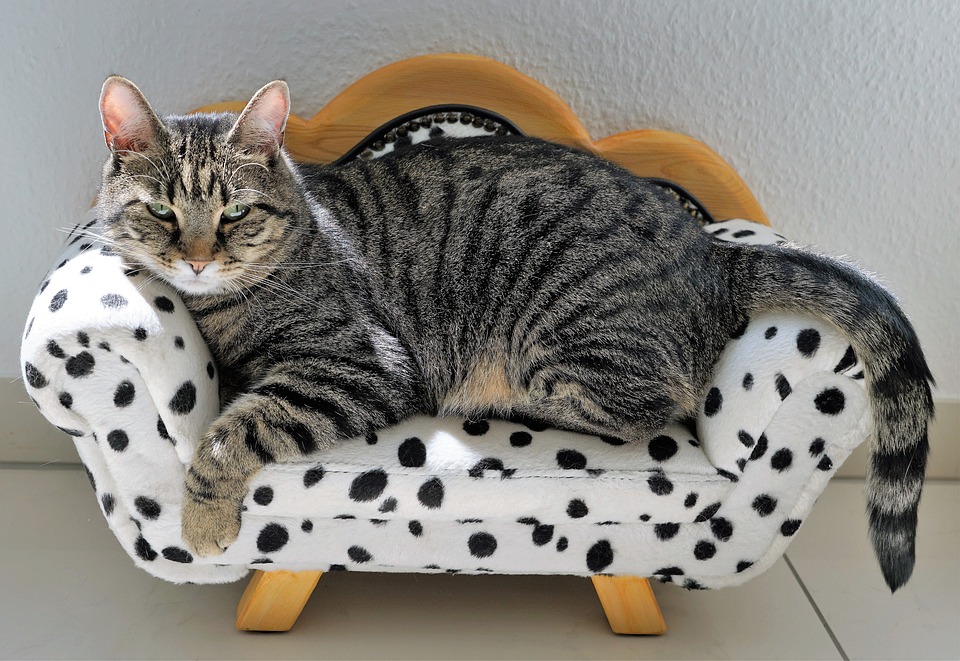Understanding and Managing Food Sensitivities in Cats: A Comprehensive Guide
Introduction:
Food sensitivities in cats are a common concern for many pet owners. These sensitivities can cause a range of symptoms and discomfort for cats, making it crucial for owners to understand and manage them effectively. This comprehensive guide will provide valuable information on how to identify, manage, and prevent food sensitivities in cats, ensuring their overall health and well-being.
I. What Are Food Sensitivities in Cats?
Differentiating Food Sensitivities from Food Allergies:
Food sensitivities and food allergies are often confused, but they are two distinct conditions. Food allergies in cats involve an immune response to a specific ingredient, while food sensitivities are a non-immune reaction to certain ingredients. Understanding the difference is essential for effective management.
Common Symptoms of Food Sensitivities in Cats:
Cats with food sensitivities may experience a range of symptoms, including gastrointestinal issues, skin problems, chronic itching, ear infections, and even behavioral changes. Recognizing these signs and seeking veterinary guidance is crucial for proper diagnosis and treatment.
How Food Sensitivities Develop in Cats:
Food sensitivities in cats can develop over time due to repeated exposure to certain ingredients. The immune system reacts negatively to these ingredients, resulting in various symptoms. Understanding the development of food sensitivities can help prevent their occurrence in the first place.
II. Identifying Food Sensitivities in Cats:
Conducting an Elimination Diet to Determine Food Sensitivities:
An elimination diet is a key diagnostic tool for identifying food sensitivities in cats. This involves removing potential allergenic ingredients from their diet and reintroducing them one by one to observe any adverse reactions. Keeping a detailed food diary during this process is essential for accurate identification.
The Importance of Veterinary Guidance during the Diagnostic Process:
Working closely with a veterinarian is crucial during the identification process. They can provide guidance on the elimination diet, conduct additional tests if necessary, and ensure proper monitoring and management of the cat’s condition.
Additional Testing Methods for Food Sensitivities in Cats:
In some cases, additional testing methods such as blood tests or skin prick tests may be necessary to pinpoint specific food sensitivities. These tests can provide valuable insights into the cat’s sensitivities and help guide the selection of an appropriate diet.
III. Managing Food Sensitivities in Cats:
Choosing the Right Diet for Cats with Food Sensitivities:
Once food sensitivities are identified, it is crucial to select an appropriate diet for the cat. This often involves avoiding common allergenic ingredients such as chicken, beef, dairy, and grains. Opting for high-quality, hypoallergenic cat food formulas can help alleviate symptoms and promote overall health.
Key Ingredients to Avoid in Cat Food Formulas:
Certain ingredients commonly found in cat food can trigger food sensitivities in cats. These include artificial additives, preservatives, fillers, and common allergens. Reading product labels and avoiding these ingredients is essential for managing food sensitivities effectively.
The Benefits of Hypoallergenic and Limited Ingredient Diets:
Hypoallergenic and limited ingredient diets can be highly beneficial for cats with food sensitivities. These diets contain novel protein sources and limited ingredients, reducing the likelihood of triggering allergic reactions. They offer balanced nutrition while addressing the cat’s sensitivities.
IV. Tips for Feeding Cats with Food Sensitivities:
Transitioning Cats to a New Diet:
Introducing a new diet requires a gradual transition to avoid gastrointestinal upset. Slowly incorporating the new food while reducing the old one over a week or two can help the cat adjust without discomfort.
Establishing a Feeding Routine for Cats with Food Sensitivities:
Establishing a consistent feeding routine is essential for cats with food sensitivities. Regular meal times and portion control can help manage their sensitivities and prevent overeating or digestive issues.
Monitoring Your Cat’s Progress and Making Adjustments:
Regular monitoring of the cat’s symptoms and overall well-being is crucial. If symptoms persist or worsen, adjusting the diet or seeking veterinary guidance is necessary. Keeping track of any changes in the cat’s condition will help ensure their optimal health.
V. Frequently Asked Questions (FAQs):
1. Can cats develop food sensitivities over time?
Yes, cats can develop food sensitivities over time due to repeated exposure to certain ingredients.
2. How long does it take to see improvements in my cat’s symptoms after changing their diet?
The time it takes to see improvements can vary depending on the cat’s individual response. In some cases, improvements may be seen within a few weeks, while others may take several months.
3. Can food sensitivities in cats lead to other health issues?
Untreated food sensitivities in cats can potentially lead to other health issues such as malnutrition, weight loss, and secondary infections. It is essential to manage food sensitivities effectively to avoid these complications.
4. Are there any natural remedies or supplements that can help alleviate food sensitivities in cats?
While certain natural remedies and supplements may offer some relief, it is crucial to consult with a veterinarian before introducing any new treatments. They can provide guidance on safe and effective options.
5. Can food sensitivities in cats be cured, or are they lifelong conditions?
Food sensitivities in cats are typically lifelong conditions. However, with proper management and a suitable diet, symptoms can be minimized, allowing the cat to lead a comfortable and healthy life.
Conclusion:
Understanding and managing food sensitivities in cats is essential for their overall health and well-being. By differentiating food sensitivities from allergies, identifying symptoms, and conducting appropriate diagnostic tests, cat owners can effectively manage their pet’s sensitivities. Choosing the right diet, establishing a feeding routine, and closely monitoring their progress will ensure optimal health for cats with food sensitivities. Working closely with a veterinarian is crucial throughout the process to provide the best possible care for your feline companion.








